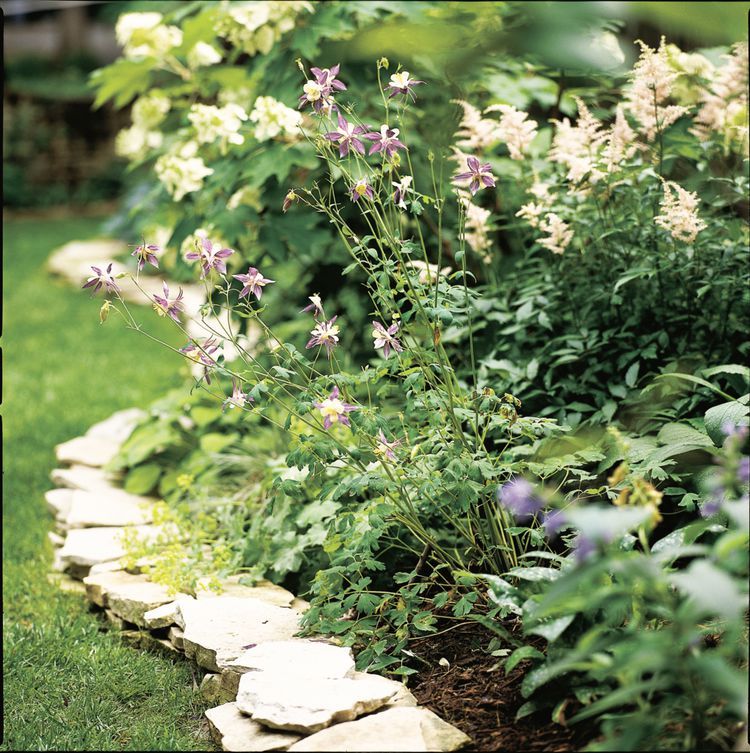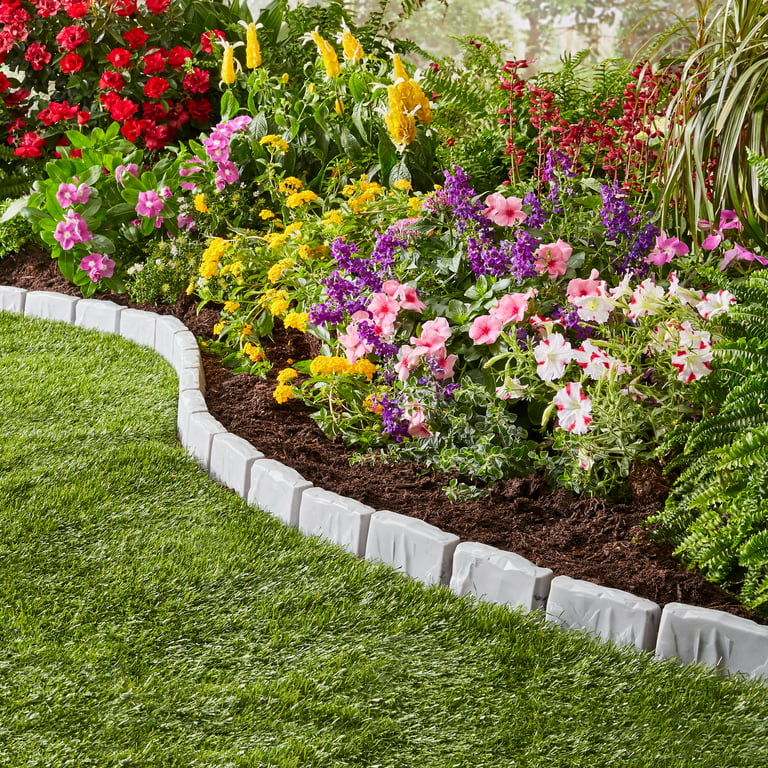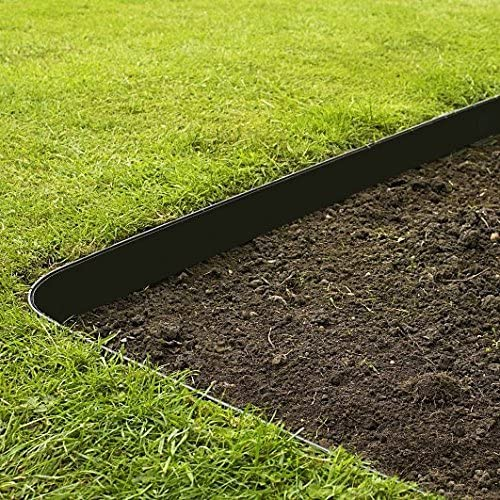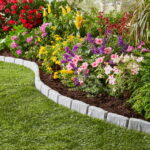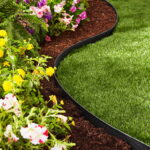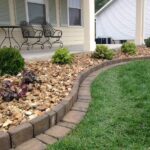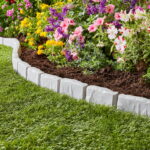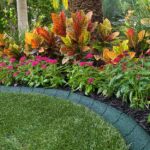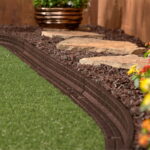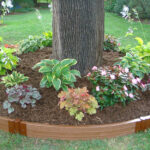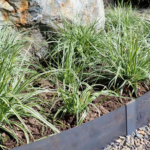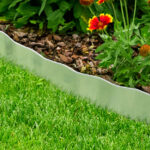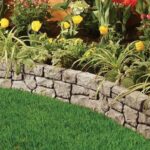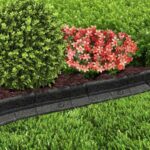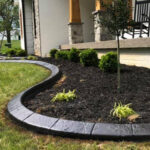Landscaping edging plays a crucial role in creating a polished and cohesive look for any outdoor space. It serves as a barrier between different areas of a garden, such as the lawn, flower beds, and walkways, helping to define each area and prevent grass, plants, and mulch from spreading beyond their designated areas. Additionally, landscaping edging can enhance the overall aesthetic of a yard by adding a neat and well-maintained appearance.
There are many different materials that can be used for landscaping edging, with some of the most popular options including brick, stone, metal, and wood. Each material offers its own unique benefits and can be chosen based on the desired look and feel of the outdoor space. For example, brick and stone edging provide a natural and rustic look, while metal and wood edging can offer a more modern and contemporary feel.
In addition to enhancing the visual appeal of a yard, landscaping edging also serves practical purposes. By creating clear boundaries between different areas of the garden, it helps to prevent plants from growing into unwanted spaces and minimizes the amount of maintenance required to keep the garden looking tidy. Edging can also help to retain mulch and soil in flower beds, reducing erosion and improving overall soil health.
When choosing landscaping edging for a yard, it is important to consider the specific needs and requirements of the space. Factors such as the size and shape of the garden, the types of plants being grown, and the overall design aesthetic should all be taken into account when selecting edging materials and styles. It is also important to consider the durability and longevity of the chosen material, as well as the installation process and maintenance requirements involved.
Overall, landscaping edging is an essential element of creating a well-designed and functional outdoor space. Whether used to define different areas of a garden, enhance the overall aesthetic, or improve the maintenance and upkeep of the yard, edging plays a crucial role in creating a cohesive and visually appealing landscape. By carefully selecting the right materials and styles for the specific needs of the space, homeowners can achieve a polished and professional look for their outdoor areas that will be enjoyed for years to come.
